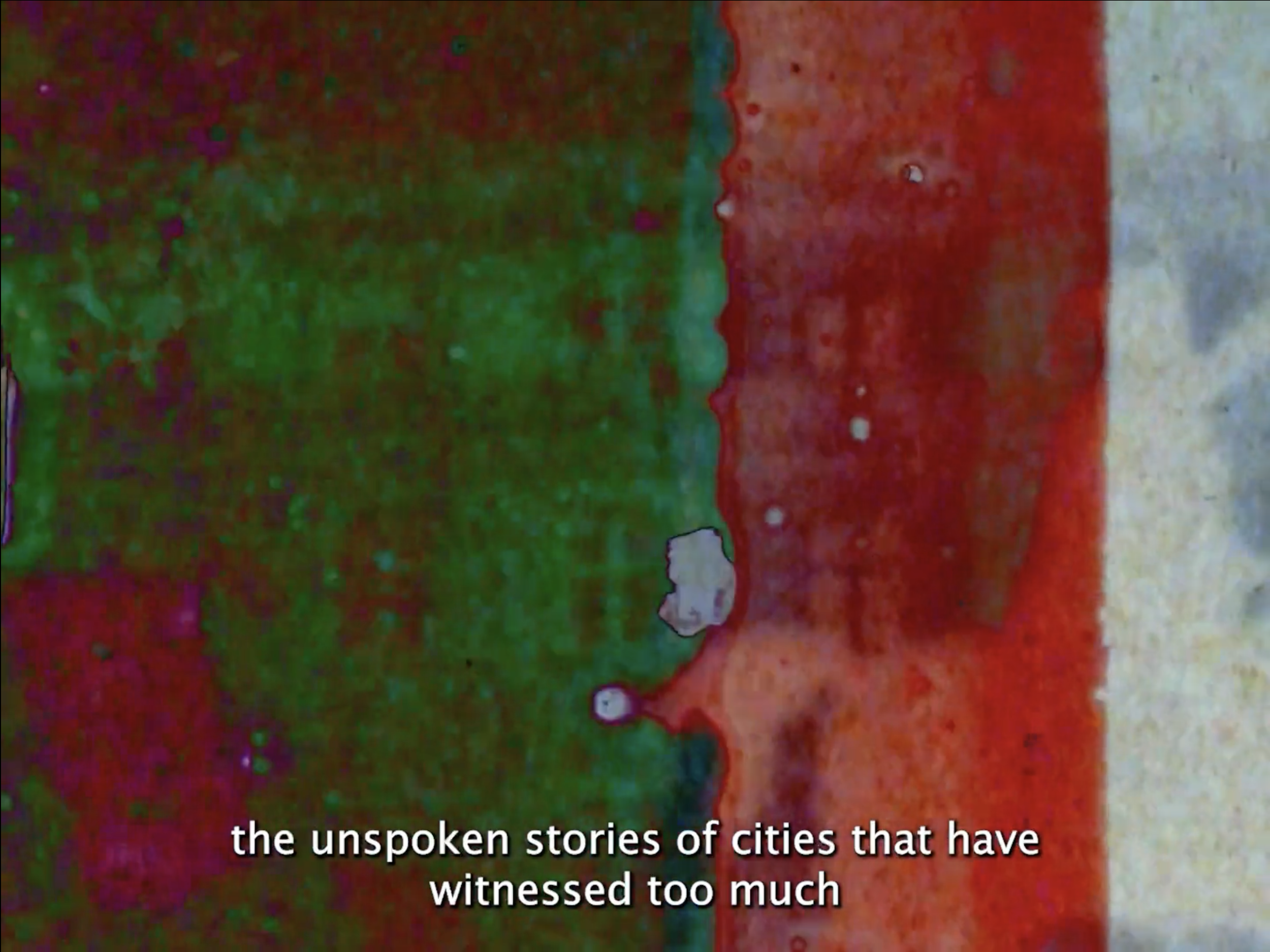Promatrajući Grad
Super 8/Digitalno/Animacija, 8 minuta, hrvatski i engleski jezik, 2025
Inspirirana hrvatskim filmašima iz 1960-ih i 1970-ih, mlada istraživačica istražuje načine na koje grad promatra svoje ljude — i kako ona, zauzvrat, promatra grad kroz prizmu otuđenosti.
City in Observation
Super 8/Digital/Animation, 8 minutes, Croatian & English language, 2025
Inspired by the Croatian filmmakers of the 1960s and '70s, a young researcher explores the ways a city watches its people—and how, in turn, she views the city through a lens of disconnection.
Premiering in Šibenik, Croatia - At the Croatian International Film Festival - Releasing in August




City in Observation serves as a visual and philosophical companion to the written exploration of Croatian experimental cinema from the 1960s and 1970s. Drawing inspiration from filmmakers like Vlado Kristl, Tomislav Gotovac, and Dušan Vukotić, the piece reflects on how form itself becomes a site of observation, and introspection. Opening with torn paper reminiscent of Vukotić’s Igra (1962), and progressing through layered sequences of Super 8 footage, hand-drawn animation on clear 8mm film leader, and digital animation, the film embodies the aesthetic gestures of its avant-garde predecessors. Furthermore, the imperfections and amateur qualities match within the context of the time as a place for non-professionally trained filmmakers to have access to creation. The voiceover—delivered in Croatian and English—meditates on the metaphysical presence of the city, drawing parallels between the city’s silent witnessing and the camera’s own gaze. In doing so, it mirrors the anti-narrative, abstract, and emotionally coded strategies that defined the Yugoslav experimental movement.
Much like the Kino Club filmmakers, the film occupies a liminal position—between personal reflection and historical engagement, between foreignness and belonging. The narrator, positioned as a distant observer, moves through the city not with familiarity but with respect, allowing estrangement to become a tool for deeper seeing. This sense of detached intimacy echoes the themes explored in the essay: the value of ambiguity, the power of non-linearity, and the city's role as both subject and archive. By merging formats with subjective voice and abstract imagery, the film pays homage to a cinematic lineage that resisted clarity in favor of complexity—and invites viewers to engage not through resolution, but through resonance.